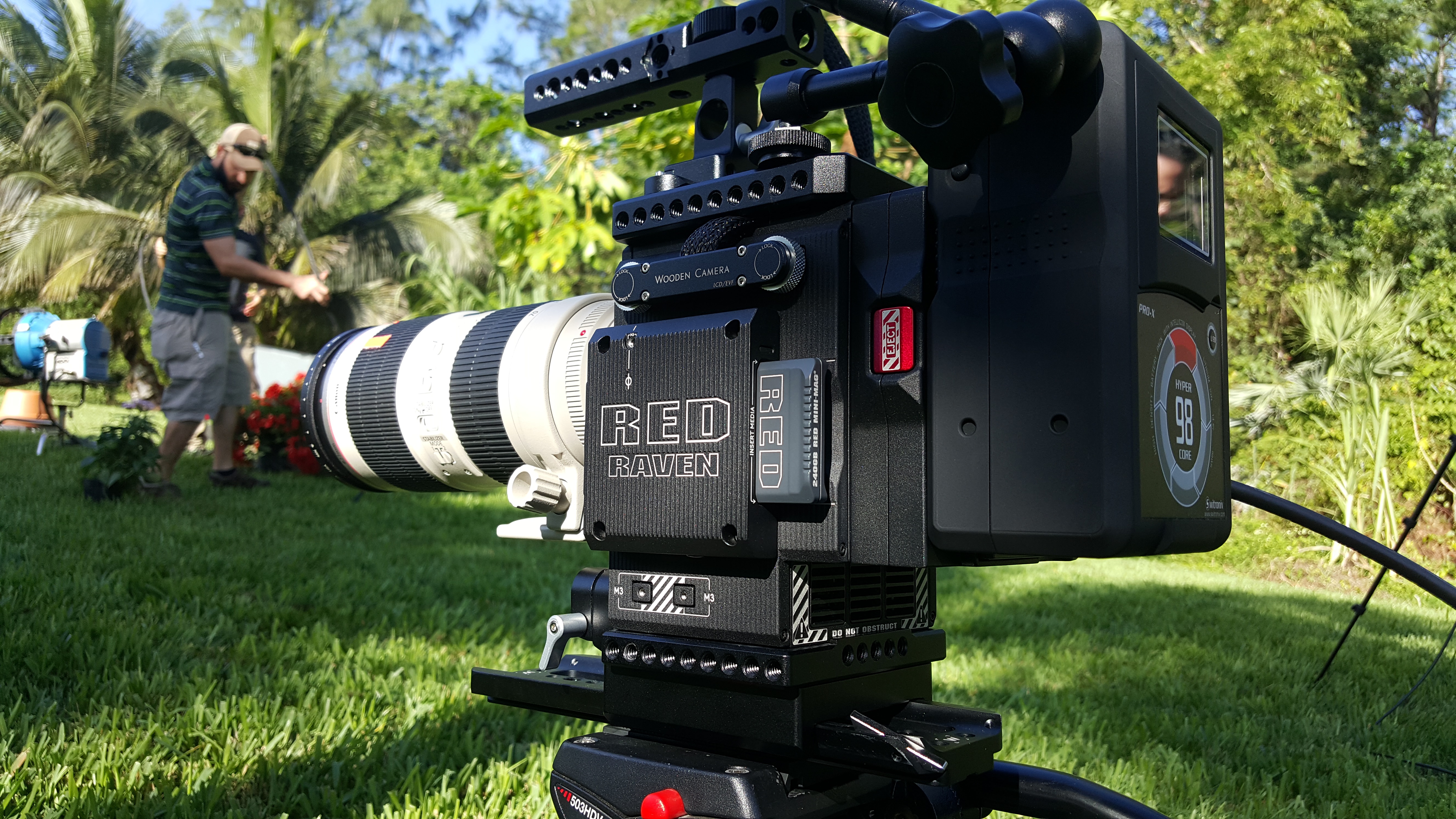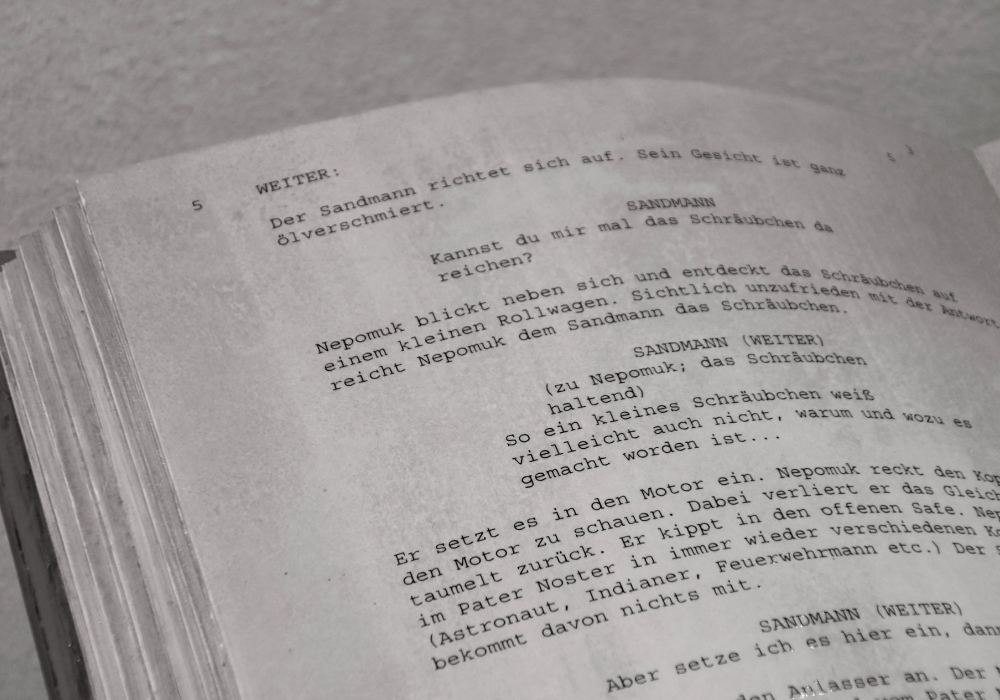
How to Write an Operetta
In a world of limited dialogue and an overabundance of music, somewhere between opera and musical, falls a magical mesh of song and spoken word otherwise known as the operetta. Operetta films frequently mix the satirical singing pirates and witty but oh so lusty barmaids along with all things opera including masked balls and young love. While some of cinema’s most popular operettas have certainly been known to easily amaze vast audiences. Learning how to write an operetta is anything but easy.

In a film that uses limited dialogue and an abundance of music to deliver its message, would you know how to write an operetta from scratch? Where would you even begin and how?
Likely before we can possibly dive into how to write an operetta, it’s best to first nail down a description of what exactly an operetta is.
What is an Operetta Film?
An operetta is a mix between an opera and a musical. Operetta films are a sub-genre of musical films which are frequently associated with German language cinema.
This film genre dates back to the very early days of film in the 1920s but the operetta itself can be dated back much further in history with roots that extend into nineteenth century Viennese operettas.
Operetta History
Operetta films largely resulted from the adjustment in the film industry from silent films to films with sound. Historically, the first operetta was introduced to television in 1929.
And was called Melody of the Heart. It was a German film that was originally intended as a silent film.
But because it was being produced during such a pivotal time in filmmaking history the film would ultimately have a combination of music and sound added in.
Moreover, operetta films continued to be popular into the 1930s, 40s and 50s with frequent production taking place in France, Germany, and the United States. But how were operetta films written?
It All Starts with a Story

Just as any other style of film would begin, the script for an operetta starts with a story. You’re going to need a beginning, a middle and an end.
Generally, the plot of any operetta is going to be uplifting and satirical, think nighttime drunken antics with friends, lovers who unite in a mascaraed style ball, and a dash of comedic interference.
As you plan the plot and overall elements of our story, think about your key characters. Will they be pirates? Will they be drunken ship captains? Sailors?
These are the types of characters that we’re most popular of this genre.
The Introductory Opening Song
It’s an operetta, of course it’s going to have an introductory, opening style song. This was called the “curtain raiser” back in the day.
But for a film it’s purely the start of something amazing that we’re going to call an operetta.
The opening song should:
- Welcome the audience to the show.
- Introduce key characters and the setting.
- Give hints as to what the show is about.
Composing the musical side of the operetta is certainly going to require some practice. The best way to accomplish this is to begin with a long list of elements to include in the song in order to achieve the tasks mentioned above. Take that long list of important details about your story and begin turning them into sentences that have rhythm. Build your beat, create your rhythm, and continue to write your song.
The key to formulating the lyrics to your opening song, as well as to other musical components that will be incorporated into your operetta is to keep practicing. As you make adjustments or changes, keep recording. You’ll be surprised at how much better you get with time.
This is also an important time to:
- Stick to your theme – whether it’s love and loss, death, coming-of-age, behavioral health.
- Choose your tone – whether it’s upbeat and personal, satirical and comedic, or timely.
- Use creative words & phrases – metaphors and symbolism is equally important here.
Operettas rarely incorporated choruses so make sure that, while you must have a rhythm and overall beat that is catchy, you don’t necessarily have a repetitive chorus.
Consider the Spoken Dialogue
Now that you’ve prepared the opening song, consider carefully the key elements of your story and where you will have spoken dialogue and what will be delivered through song and dance. You’re going to have a mix of both, the key to a great operetta being that you incorporate music that is lighter than opera and more amusing. Generally, your characters are going to be a lot more satirical and representative of a particular era.
The spoken dialogue is likely limited to just some of the connective conversations between characters. This will pull he musical pieces together to ultimately share the story with the audience.
Most likely, you’re going to have something like:
- Opening Song
- Spoken Dialogue first act
- Supporting Song and Dance
- Spoken Dialogue second act
- Supporting Song and Dance
- Spoken dialogue closing act
- Closing song
Three Point Structure
As you focus on how to write an operetta, think about how each act can deliver your story with the act structure similar to any other film.
Such that you have an introduction, a confrontation and a resolution.
You certainly want to orchestrate music that shares the details of the story in addition to your visual scenes and limited use of dialogue.
The Closing Music
Furthermore, closing the operetta with a song and dance that leaves the audience fond of their encounter is vital.
As you’re writing your closing music and orchestrating the dance or other actions to take place as part of the closing of your operetta.
Make sure that you are actively engaging the use of theme, rhythm, and style just as you did in the creation of the opening song. This is how you write an operetta.


